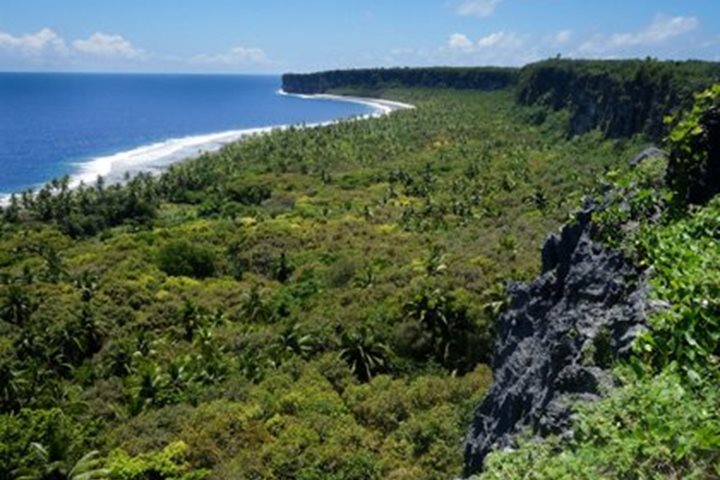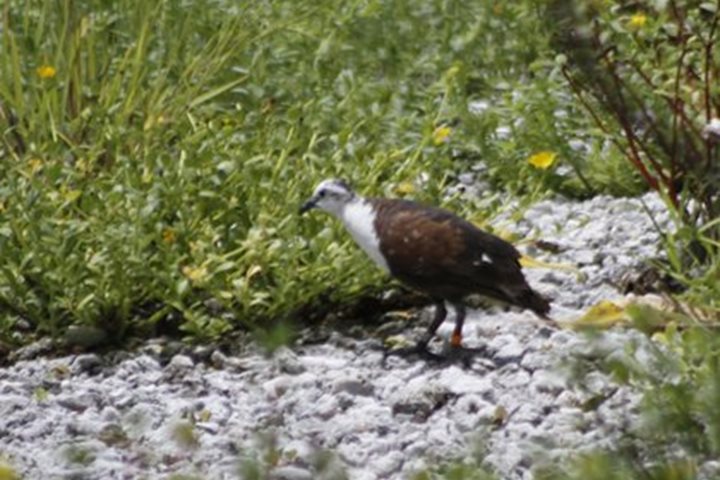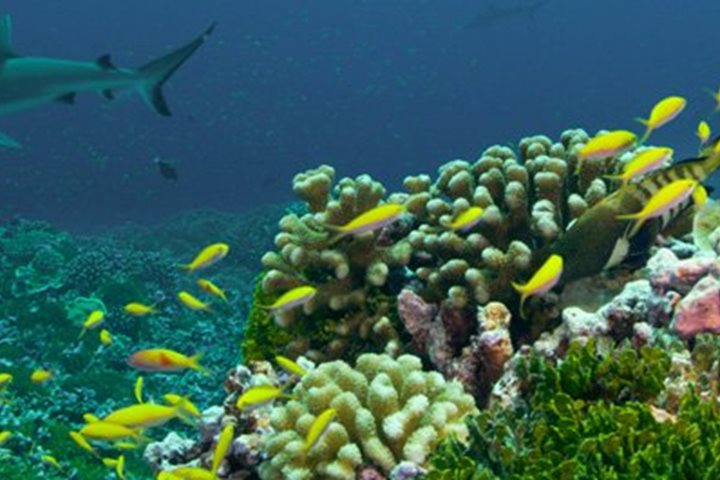As National Geographic Orion continues her voyage east through the South Pacific, today we were at sea between Fiji and our next island group of Tonga. It is a journey of about 400 miles, and in doing so we are leaving Melanesia behind us and heading out into the many islands of Polynesia. International boundaries and labels such as Melanesia and Polynesia are, to a certain extent, arbitrary, and the island groups are perhaps better thought of in terms of a continuum from west to east. However, in many respects the transitions between island groups are very real and we will encounter, and are looking forward to experiencing, some distinct cultural changes.
The day at sea was a great chance to watch for passing seabirds. Conditions were not ideal for viewing, as we were heading into a stiff south-east trade wind. But these same winds were powering the flight of a variety of seabirds that were observed from the decks during the day. Largest and most conspicuous were brown and red-footed boobies, and also lesser frigatebirds. Terns were well represented with sooty and white terns and both brown and black noddies.
But for me the wide-ranging ocean wandering species of petrels really grabbed my attention. A diversity of shearwaters and petrels were encountered during the day. These smaller relatives of the albatross have the same mastery of efficient gliding flight and watching them skim the wave tops is always a pleasure. Identifying them to species level is sometimes more of a headache, a reminder that sometimes it is best to simply sit back and enjoy watching them in their element.







